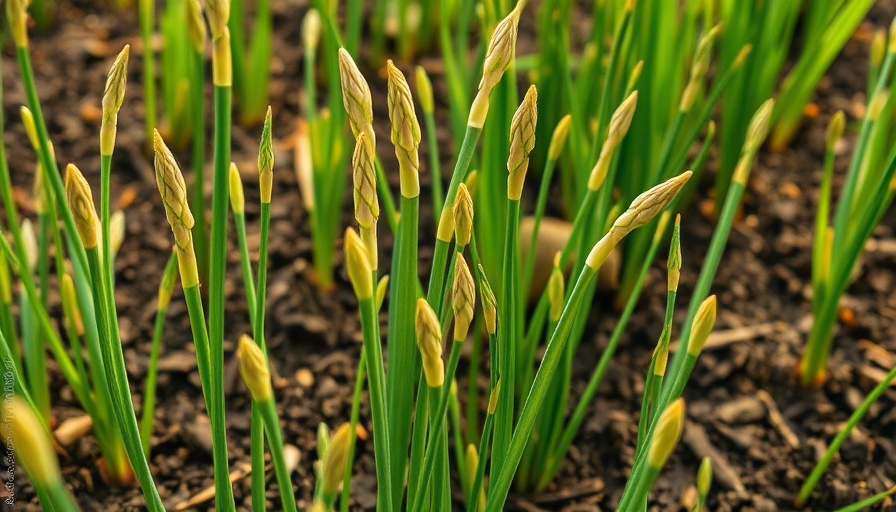
The Secret to Growing Thick Asparagus Spears: Why Thickness Matters
Asparagus is more than just a delicious addition to your plate—it's a testament to patience and care in gardening. When faced with the disappointment of thin spears after years of nurturing your asparagus patch, it becomes imperative to understand the reasons behind this issue and how to remedy it. In essence, the thickness of your asparagus spears reflects their overall health and vitality, which hinges on a variety of growing conditions.
Common Causes of Thin Asparagus Spears
Identifying the root causes of thin spears is crucial for fostering a robust asparagus crop. Here are a few common culprits that gardeners might encounter:
- 1. Planting Depth: Proper planting depth is essential. Asparagus crowns thrive when buried at least 8 inches deep. Crowns pushed too close to the surface may struggle to establish strong roots.
- 2. Watering Needs: While asparagus can endure some drought, they require consistent moisture, especially during their early years, needing 1 to 2 inches of water weekly.
- 3. Nutrient Deficiency: As heavy feeders, asparagus benefits from nutrient-rich soil. Incorporating compost or organic matter into the soil can significantly improve the health of the plants. Regular side dressing during the growing season is vital, as is mulching around the plants.
- 4. Overharvesting: While it’s tempting to harvest early and often, especially in the first couple of years, doing so can lead to weak spears. Letting plants mature helps to strengthen roots.
- 5. Age of Plants: If your asparagus bed is aging, consider that older plants naturally produce thinner spears. Regular rejuvenation through proper care can help maintain spear thickness.
The Role of Soil Quality
Soil health plays a critical role in determining the quality of any crop, asparagus included. Amending soil with organic compost not only delivers essential nutrients but also improves soil structure. A well-aerated and resource-rich growing environment fosters a thriving asparagus patch. Compost retains moisture, provides a habitat for beneficial microorganisms, and can dramatically improve your harvest quality. For those looking to grow organically, avoiding synthetic fertilizers will aid in establishing a healthier ecosystem in your garden.
Practical Steps for Improving Your Asparagus Crop
Enhancing the health and vigor of your asparagus plants requires a multi-faceted approach. Here are some actionable steps:
- Adjust Planting Techniques: Ensure crowns are buried adequately. If your crowns are not deep enough, add more soil around them to support growth.
- Implement a Watering Schedule: Water your asparagus twice a week, ensuring deep watering reaches the roots. Keep an eye on soil moisture, especially during dry spells.
- Enhance Nutrient Availability: Apply a thick layer of mulch after the spears emerge. This helps in moisture retention and adds nutrients to the soil as it breaks down.
Conclusion: Embrace Gardening Challenges
Gardening, especially when it comes to growing asparagus, may involve challenges, but with the right techniques and a little patience, solutions are within reach. Don’t let the frustration of thin spears dissuade you. Instead, see it as an opportunity to learn and improve. As you refine your gardening practices, you will cultivate not just healthier and thicker asparagus spears, but also a deeper understanding of the delicate balance required in nature.
If you’re excited about the prospect of growing your own food and want to learn more about sustainable practices, consider exploring additional resources on urban farming or joining a local gardening group to share experiences and tips. By enhancing your knowledge and skills, you’ll reap the rewards of abundant homegrown produce.
 Add Row
Add Row  Add
Add 




 Add Row
Add Row  Add
Add 

Write A Comment